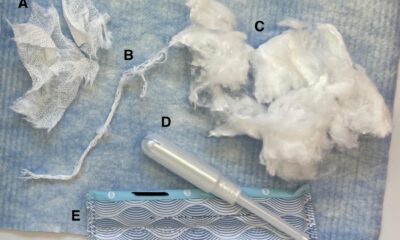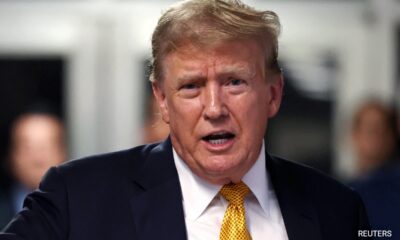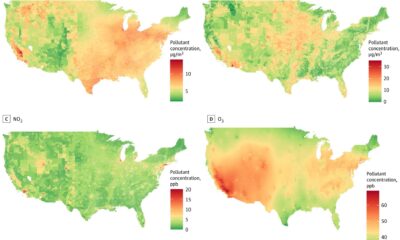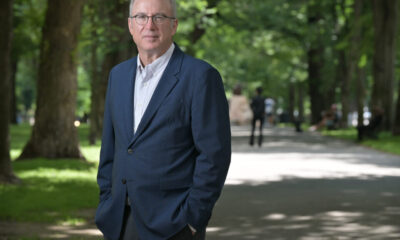Finance
China’s Nio to expand battery swapping services to gain EV infrastructure lead
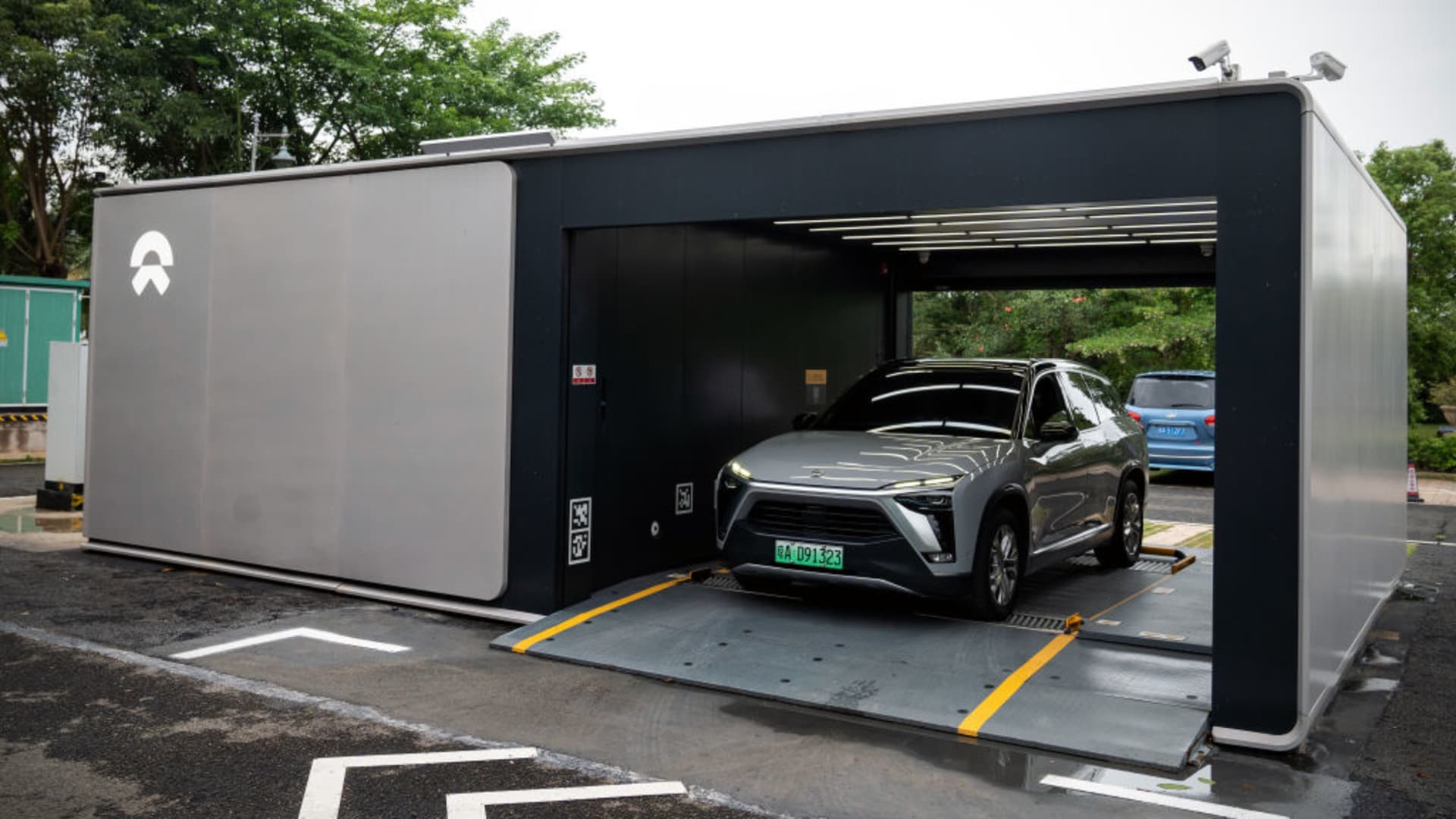
Pictured here is a Nio battery swapping station in Haikou, Hainan Province, China, on May 9, 2023.
Bloomberg | Bloomberg | Getty Images
BEIJING – Chinese electric car company Nio has expanded its battery swapping partnerships in an effort to gain an edge on the infrastructure side of the EV ecosystem.
Since November, Nio has been working with at least four Chinese automakers – Changan, Geely, Chery and JAC – to develop battery replacement standards and expand its network in China. Nio also announced agreements earlier this year to work with two local battery companies on battery swapping services.
All these efforts are aimed at addressing consumer concerns about range. While having a large network of battery charging stations helps alleviate these concerns, replacing batteries is a quicker method as it only takes a few minutes.
“The exchange at the moment is mainly driven by Nio. Naturally, Nio figured out that this is an ecosystem,” CLSA’s deputy head of research Ding Luo said in an interview. “If just one player tries to build the entire ecosystem, it’s impossible [them]. That’s why they’re thinking about inviting some partners.”
Battery replacement is still not mainstream because car batteries need to be standardized, he added.
Although a charging station resembles a typical gas station, the battery swapping technology is housed in a shed-like structure. It uses machines to automatically exchange dead batteries for pre-charged ones in compatible cars.
Nio said in mid-March that it has completed 40 million battery swaps, compared with nearly 37 million charges at its public stations. Nio consumers can also access third-party charging stations, or install one at home.
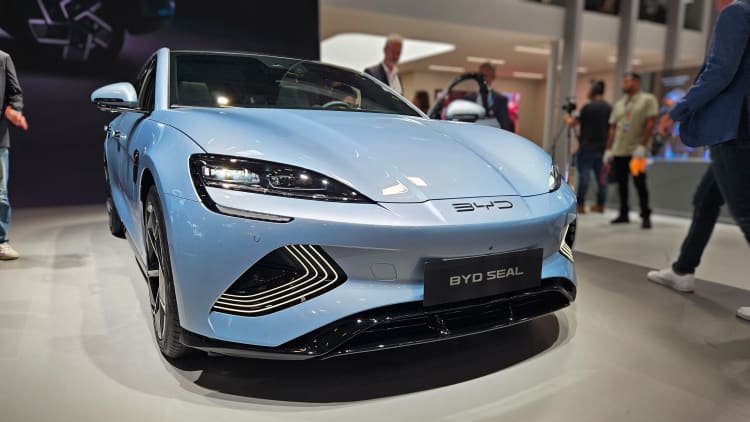
“I think our prospects are very simple,” Shen Fei, senior vice president of Nio’s energy division, said in Chinese, as translated by CNBC. “The first is to serve Nio’s users, and then provide a good battery charging and swapping experience, make charging easier than refueling, and at the same time help the company sell more cars.”
The company claims that with a battery replacement, drivers can get a fresh charge in three minutes if they opt for a paid battery service plan.
Shen said more car models will be added to Nio’s battery swapping network, while adding that swapping will allow drivers to stay abreast of improvements in battery technology. He did not specify which automakers are likely to be added to his network.
Energy services and other products account for about 10% of Nio’s total revenue. The company said its “other sales” category grew 69% to 6.36 billion yuan ($895.9 million) for 2023. Nio does not distribute revenue from exchange stations.
Changing batteries is a turbulent past
Battery replacement has been tried by the industry with varying degrees of success, especially in the US
Tesla and a startup called Better Space tried to swap more than a decade ago, but the venture was quickly shuttered.
In 2021, another startup, Ample, opened its battery swapping stations in the San Francisco area, targeting Uber drivers who use the Nissan Leaf car.
While it’s not clear how much progress Ample has made in the US, the company has since expanded its partnerships abroad. Last month, the company announced it would serve commercial vehicle fleets in Kyoto, Japanwhile it collaborated with Stellantis to roll out battery swaps in Madrid, Spain this year.
“It can’t be a niche job change,” said Tu Le, head of consultancy Sino Auto Insights. “The investments in battery inventories are huge, so they have to be amortized over many trades.”
But he was cautious about whether Nio could sell enough of its own higher-priced cars to make the economics work. “For now, I still think the combination of swapping and charging makes for a pretty compelling feature set, but swapping alone probably won’t help them sell that many more cars.”
“I think the push the Chinese government made to encourage others to join forces with Nio in swapping could create the necessary pool of vehicles to make swapping viable,” he added.
The business of charging
Nio is the first major electric car company to roll out battery swapping stations in addition to its own vehicles in mainland China and Europe.
The company has installed more than 2,300 battery swapping stations and plans to install another 1,000 this year.
Nio’s investment in battery swapping stations is about two years ahead of market demand, CEO William Li said last month, adding that fewer than a fifth of the battery swapping stations Nio operates process 60 orders per day, likely the minimum number of orders needed for a station . break even.
Nio’s battery charging stations, on the other hand, became profitable last year, according to the company. The company wants to build another 20,000 this year.
Building battery swapping stations for passenger cars can cost about $500,000, while a relatively simple dual-port charging station costs about $200,000 to $300,000, according to Shay Natarajan, a North America-based partner at Mobility Impact Partners, a private equity fund that invests in transportation .
CLSA’s Luo said companies also prefer to invest in normal charging stations rather than switching stations as they provide higher returns. But if companies want to install faster charging stations, he said, they could face grid challenges.
CLSA’s analysis found that the power required for five superchargers at one location would be more than what 300 homes would normally consume.
Tesla is also working with automakers on battery charging, with its more than 50,000 superchargers worldwide claiming they can restore about two-thirds of a battery’s charge in 15 minutes.
In February, Ford reached an agreement that will allow its electric cars to use Tesla’s superchargers in North America. General Motors announced a similar deal last year.
Sustainability considerations
The rapid development of electric cars, ostensibly aimed at reducing CO2 emissions, also raises questions about battery waste.
Nio pointed out that the recent growth of new energy vehicles, including hybrids, means that almost 20 million batteries will reach the end of their eight-year warranty period between 2025 and 2032.
Last month, the company announced a partnership with battery giant Contemporary Amperex technology to develop batteries with a longer lifespan, especially for batteries used in switching stations.
Nio claimed that by using battery swapping and big data, it can retain 80% of a battery’s capacity after twelve years of use. Nio also said last month that CATL will develop longer-lasting batteries for the company.
– CNBC’s Lora Kolodny and Michael Wayland contributed to this report.

